Breadcrumb
Radon Gas
Learn more about radon gas, its health hazards and how to lower your exposure in your home and other buildings
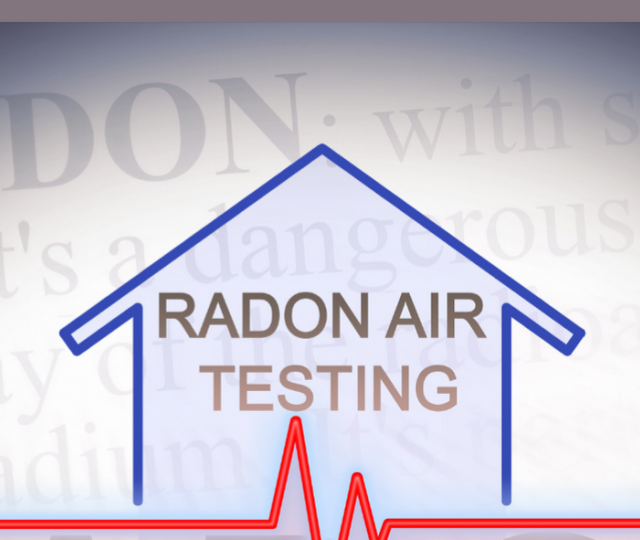
Overview of radon gas
Radon is an invisible, odourless, radioactive gas released from the natural breakdown of uranium found in soils and rocks, which is common within our region.
Dangers of radon gas
Radon gas causes lung cancer. The risk of cancer depends on the levels of radon and amount of contact with radon and tobacco smoke over a lifetime. According to Health Canada, “There is no [radon] level that is considered risk free.”
- Radon gas is the leading cause of lung cancer in non-smokers
- Radon gas is the second leading cause of lung cancer overall, next to smoking
- Smoking significantly increases your risk of lung cancer
- Health Canada estimates one in three smokers exposed to high radon levels will develop lung cancer
Although radon is natural, it can build up inside buildings and become harmful to human health. According to Health Canada, radon is the number one cause of lung cancer in non-smokers.
Radiation released from radon gas particles can damage DNA which can lead to lung cancer. In general, the higher the radon level and the more time a person is exposed to radon the more damage to lung tissue that occurs. This results in a greater chance of developing the disease. In addition, if a person smokes, or is exposed to environmental tobacco smoke and radon, the risk of lung cancer is much higher.
Radon gas in homes and buildings
Radon takes the easiest path into our homes and indoor places. Radon can enter a building through small or large openings in the foundation. The amount of radon entering can be affected by the heating and ventilation system. During the cooler months, windows and doors are often closed and rising warm air in a home draws more radon from the ground.
Radon will be present in all indoor spaces such as homes, places of work, schools, daycares and public buildings. Indoor areas in contact with or below the ground are more likely to contain higher levels. While any amount of radon puts our health at risk, the longer the contact the greater the risk.
The only way to know the radon levels in your home or other buildings is to test for radon. Just because your neighbours may have low radon levels does not mean the levels in your home are low, too. How each house is constructed can make a big difference and will impact if you have radon in your home.
A Homeowner's Guide to Radon (The Canadian Real Estate Association)
Testing for radon
A radon detection puck like the one pictured below can be placed in your home or building to measure radon levels:
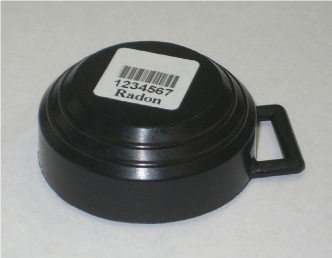
Testing is the only way to know the level of radon in your home or building, so be sure to order a radon test kit. Ideally, testing should occur during winter months
There are two types of radon tests: long term and short term. We recommend using long-term tests, as they provide the most accurate picture of what you are breathing. Long-term tests are those in which the radon detector is in place for a minimum three months (91 days). You can get a long-term radon test kit through the links below:
- Do-it-yourself kits and monitors:
- Find a measurement professional
See the Resources section below for information on testing homes, schools and large buildings.
Use your long-term radon test result from your home and/or buildings and check out this table of radon levels in the home to understand your risk of lung cancer from radon. The table highlights the risk of lung cancer per 1,000 people when exposed to different levels of radon gas based on a lifetime (70 years) of exposure.
Note: Health Canada recommends lowering radon levels to as low as reasonably achievable.
- Renovate
- Make your house more energy efficient (e.g., new windows, new weather stripping)
- Make changes or additions to your heating ventilation air conditioning (HVAC) system that could influence indoor pressures
Lowering radon levels
Follow the actions listed below to lower radon levels in your home or building. Remember to complete another long-term radon test to know if your fix worked.
Active soil depressurization is the best and most permanent method for reducing radon because it provides an alternate path for the radon gas to travel rather than into the building. The cost can range between $350 and $3,000, depending upon site-specifics.
To take immediate action on radon while you are waiting for construction repairs to be completed:
- Limit the amount of time you spend in high radon areas of your home or building. For example, limit the use of the basement
- Open windows or adjust heating, ventilation and air conditioning system to increase fresh air flow and allow the radon gas to escape to the outdoors
- Make your main bedrooms on above-ground levels
- Ensure the lowest floor of your home or building that has people in it for more than four hours per day is tested for radon to know your actual risk
To lower the radon levels in a home or building for the long term, arrange for a radon professional or do one or more of the following:
- Increase the fresh air flow or pressure by adjusting the HVAC system
- Seal basement or crawlspace floors, especially dirt or unfinished floors
- Seal cracks and openings in foundation walls and floors, and around pipes and drains
- Seal obvious openings in the floor slab, such as sump pits, cracks, and ensure floor drain and unused fixture traps stay filled with water (cover water with vegetable oil to slow evaporation)
- Install an active soil depressurization system
Resources
- Radon: Take steps toward a healthier life
- Radon in Your New Home
- Radon (BC Centre for Disease Control)
- How Radon Affects You (BC Cancer)
- Interactive radon map of B.C. (BC Centre for Disease Control)
- Regional District of Central Okanagan - Radon Testing Information
- World Health Organization Radon Fact Sheet Jan 2023
- Mike Holmes on Radon
- Radon and Lung Health (BC Lung Foundation)
- An Open Statement on Lung Cancer Risk Attributable to Radon Exposure (Jan. 2024)
- Radon and lung cancer: A call to action for physicians and policymakers (CMAJ podcast interview with Dr. Silvina Mema and Greg Baytalan)
- Radon and lung cancer risk (CMAJ article by Dr. Silvina Mema and Greg Baytalan)
- Health Canada - Guide for Radon Measurements in Residential Dwellings (Homes) (Health Canada)
- Radon Reduction Guide for Canadians (Health Canada)
- Find a Professional – The Canadian National Radon Proficiency Program
- The Lungs Matter: Home Radon Mitigation Grant Program (Canadian Lung Association)
- Radon action guide for municipalities (Government of Canada)
- Get Schooled on Radon - An Introduction (RadonWest)
- Guide for Radon Measurements in Public Buildings (Schools, Hospitals, Care Facilities, Detention Centres) (Health Canada)
- Take Action on Radon
- Radon Testing Information Letter for School Staff, Parents and Students, Medical Health Officer Letter, January 2023
- Radon Testing Results Information Letter for School Superintendents, Principals and Managers - Sept. 23, 2025
- Radon Testing in Schools, Medical Health Officer Letter, June 6, 2022
- Radon measurement and mitigation in schools (BC Centre for Disease Control)
Radon skill testing contest for students grades 4-12
In 2024, BC Lung and Interior Health held a radon skill testing contest open to students in the Interior Health region from grades 4 to 12.
Students answered one or more skill testing questions and won some exciting prizes, like Beats headphones.
The contest is now closed.
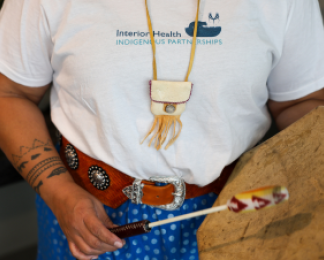

In the 5 years since the In Plain Sight report was released, we’ve made strides towards being a culturally safe organization—but there’s more work to do.
/stories/ihs-fifth-plain-sight-response-supports-reconciliation


Inspired by her aunt’s career as a pharmacist, Angela became a pharmacy technician to use the hands-on aspect of compounding to benefit patient care.
/stories/we-are-ih-pharmacy-tech-enjoys-problem-solving-patients


Souper Meals brings students together once a week over locally made soup, fresh fruit, veggies and buns, all free of charge.
/stories/more-soup-benefits-universal-school-lunch-program


With decades of experience rooted in compassion and commitment to children’s health, Dr. Jeff Wong is carving a path for pediatric care at Kelowna Hospital.
/stories/dr-jeff-wong-leads-kelowna-pediatric-department-forward


The holidays season offers opportunities to drink alcohol, and it can be easy to overindulge. Get tips on how you can drink less - and live more.
/stories/holiday-spirit-tips-drinking-moderation-season
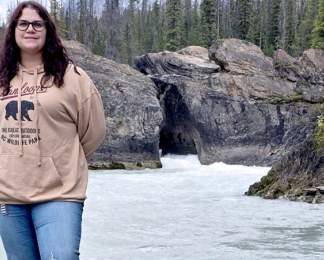
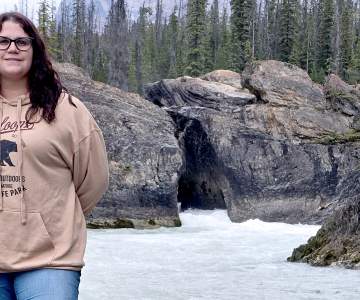
With the support of her mentors and coworkers, Niomi Wright found her true health-care calling as a care aide at Mountain View Lodge in Lillooet.
/stories/we-are-ih-care-aide-recognizes-value-mentors-and-colleagues
STAY CONNECTED
Receive news, alerts, public service announcements and articles right to your inbox.

